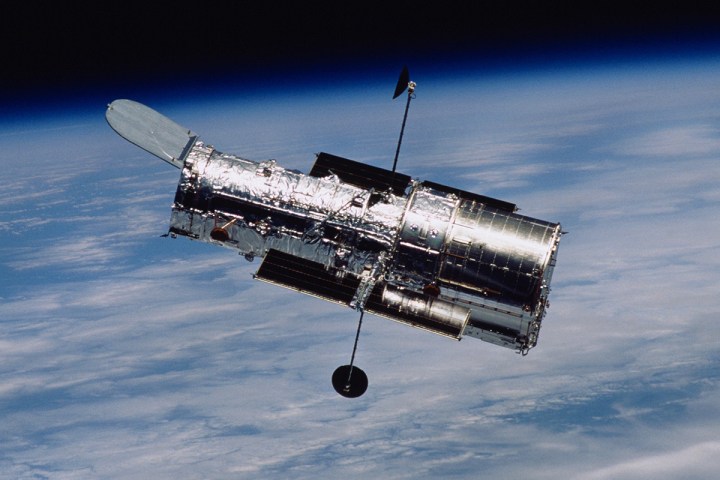
The group’s surprising conclusion about the number of galaxies in our universe comes as a result of using deep-space images from the Hubble Space Telescope. After pouring through data compiled by his team — as well as other published works — Conselice and co. painstakingly converted Hubble’s images into 3D, allowing them to make accurate measurements of the number of galaxies at different times in the universe’s history.
The team also used new mathematical models allowing them to infer the existence of galaxies which our telescopes simply cannot observe. In the end, this led to their realization that in order for their calculations to be correct, 90 percent of the galaxies in the observable universe are actually too faint and too far away to be seen with our current generation of telescopes.
In analyzing the data, Conselice’s team looked more than 13 billion years into the past. What their observations revealed was that galaxies are not evenly distributed throughout the universe’s history. Instead, it showed there were a factor of 10 more galaxies per unit volume when the universe was just a few billion years old compared to today.
Furthermore, these early galaxies were relatively small and faint with masses similar to those surrounding the Milky Way. Conselice’s results support the top-down formation of structure in the Universe — an evolution during which galaxies merged together, dramatically reducing their total number over the universe’s history.
In more practical terms, this top-down formation structure helps explain an ancient question: why is the night sky dark? Conselice’s conclusion is that due in part to the abundance of galaxies, every point in the sky thus contains part of a galaxy. However, most of these galaxies are invisible to the modern telescope, let alone the naked eye.
Through a combination of factors — i.e. redshifting of light, the Universe’s massive size. and absorption of light by intergalactic dust and gas — the night sky always remains visibly dark. In other words, it’s all enough to make us appreciate just how small we truly are.



